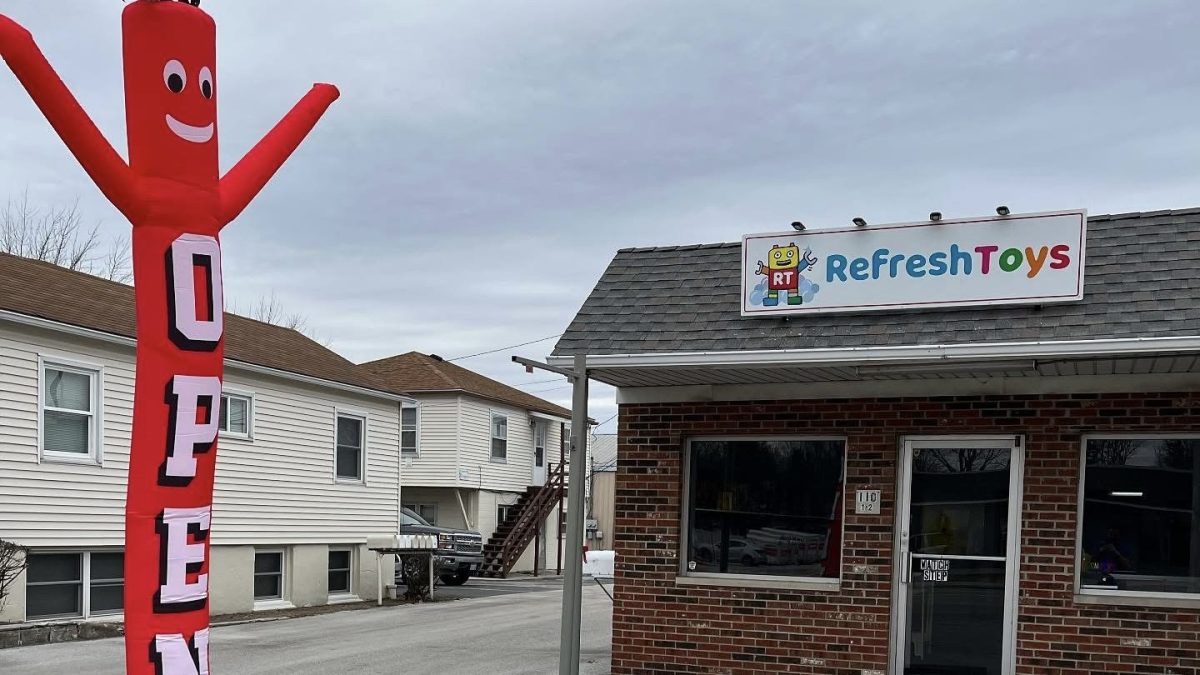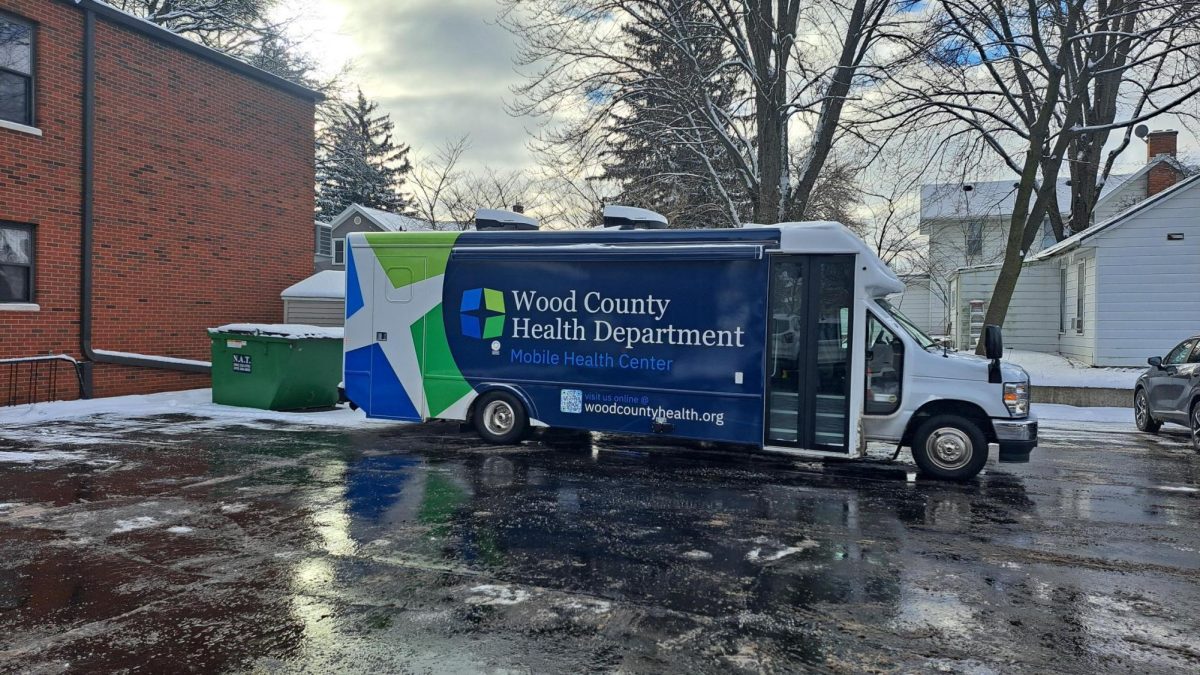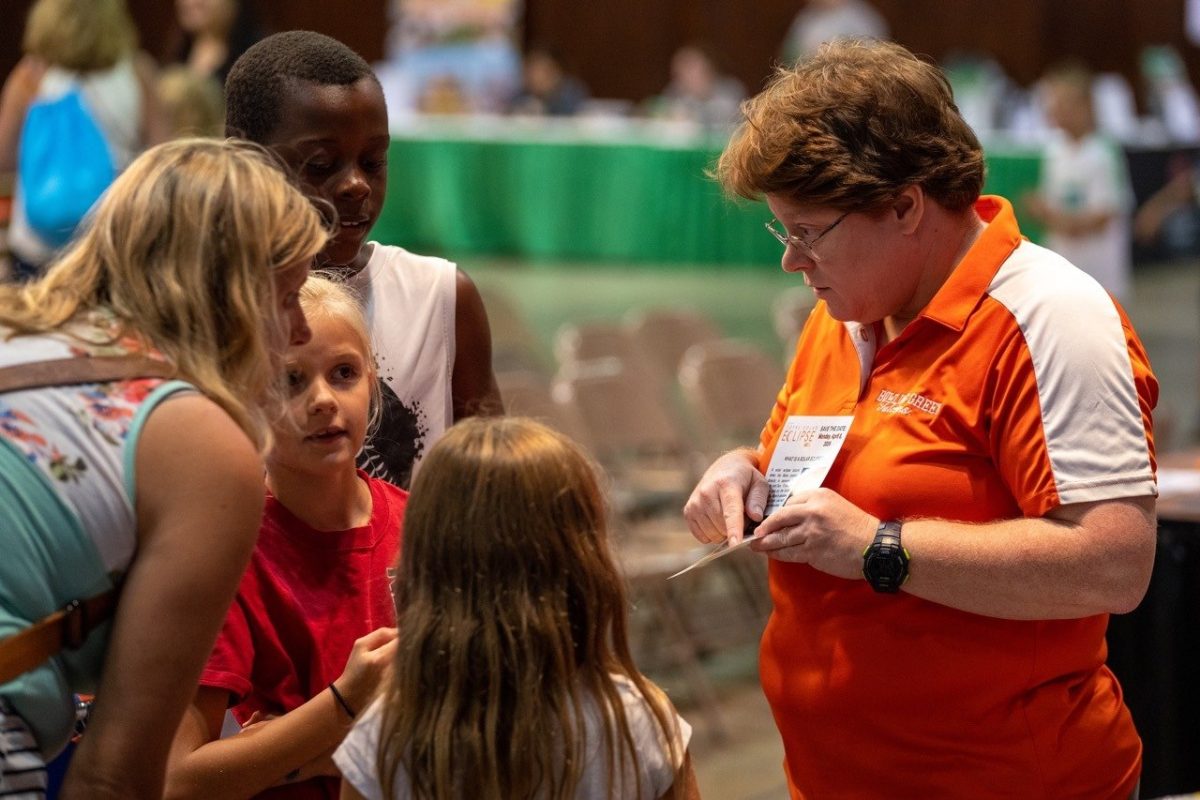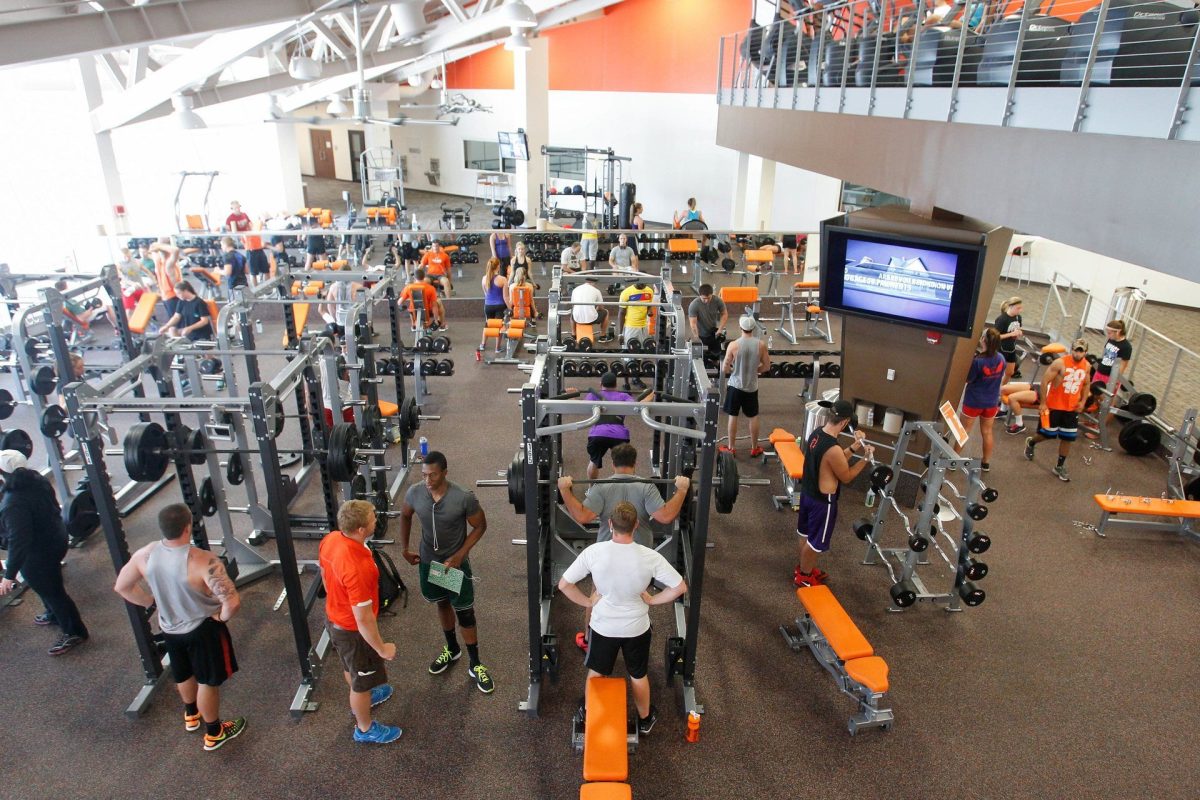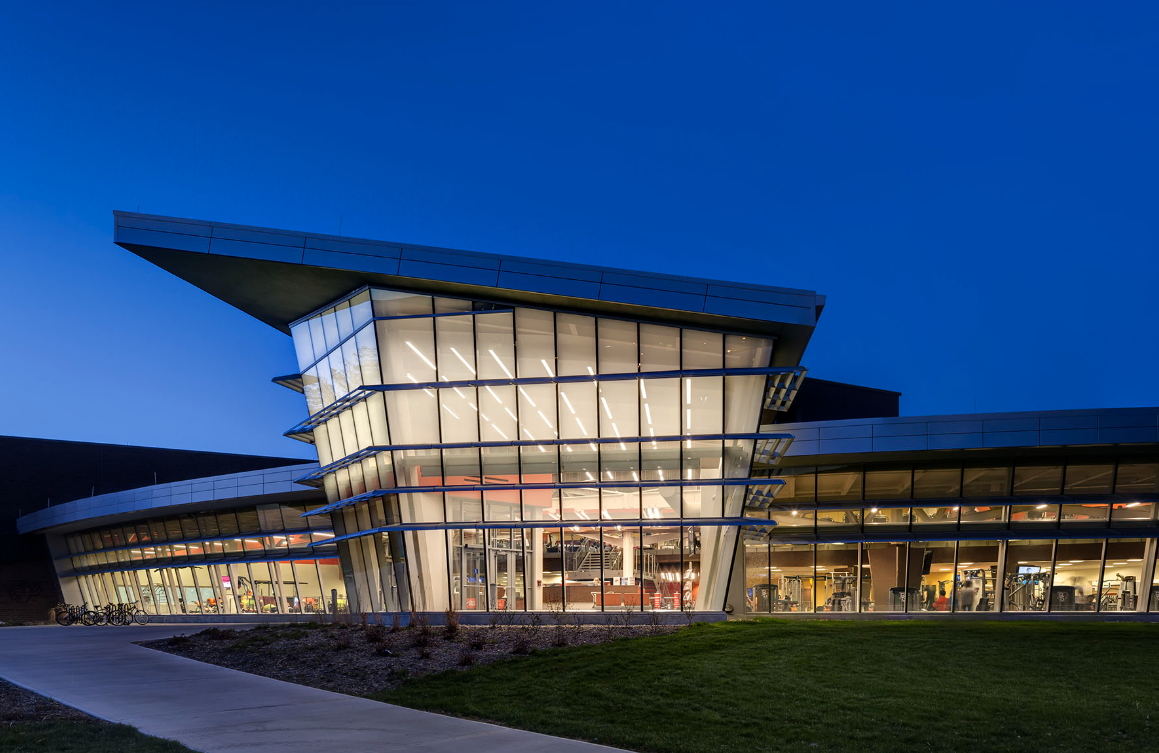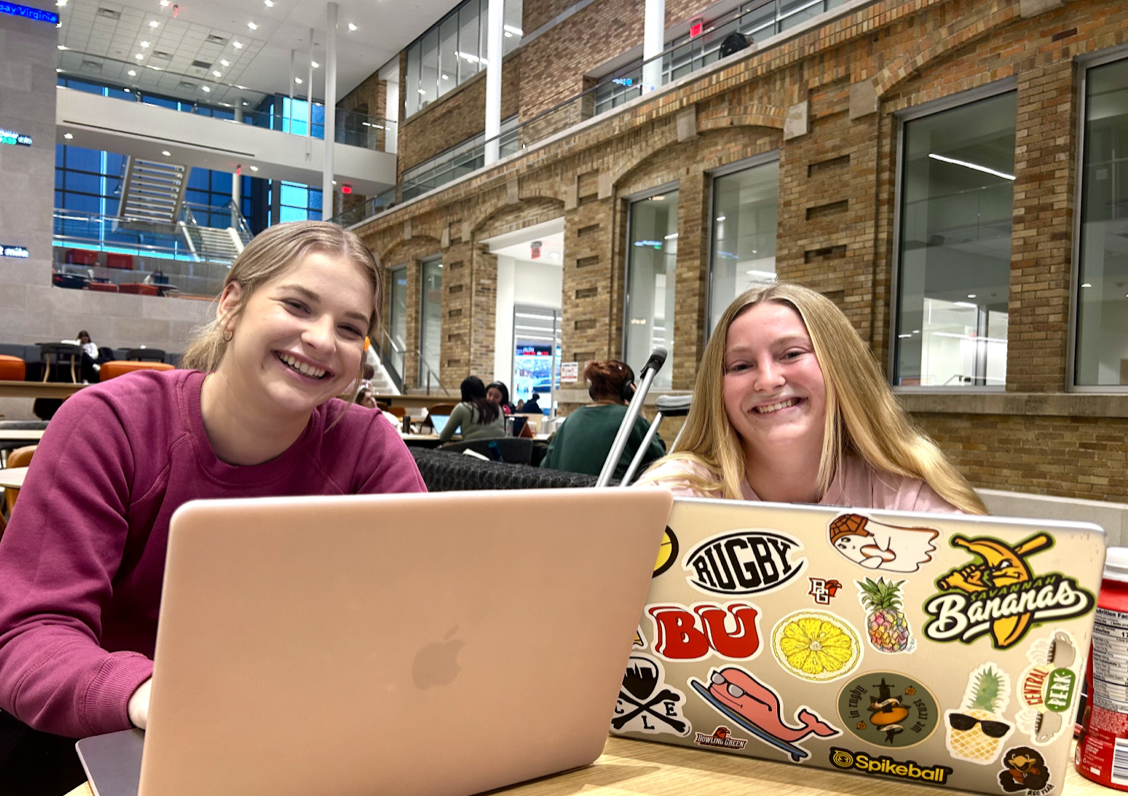With help from community members, city officials are looking to begin the process of enacting some of the reinvestment ideas from its Community Action Plan.
CAP is the “next step to the Improvement Plan adopted by the City in 2014,” according to the city website.
CAP will look at public investments and potential private reinvestments in the east side of Bowling Green, Adam Rosa said, a principal at Camiros Ltd.
When Bowling Green first began looking for developing companies to help with the Improvement Plan, Camiros was selected after they responded to the city’s project proposal.
“It’s a community-led process,” Rosa said. “It’s bringing residents, students…and other stakeholders to the table.”
The east side of Bowling Green has experienced property value decreases, and the reinvestment in current housing units, as well as potentially establishing new housing, was a principle motivation for the development of CAP.
CAP is also meant to promote and attract community members to invest and live in Bowling Green. Housing in Bowling Green consists of lots of rental units and single family homes, and Rosa said this housing setup does not fit the current housing market.
The development of new units, or the reinvestment in existing housing, on the east side would help balance the demand for student housing while maintaining available housing for local residents and families.
The “early action plans,” one of the beginning phases on CAP’s implementation, began in December 2016.
“We wanted to think about short-term actions that could help the neighborhood today,” Rosa said.
Two of the early action plans are the Good Neighbor Guide and the Court Street Connects Festival.
Though funding for CAP is yet to be finalized, the city created a “funding toolbox” on their website that lists potential sources of funding for the project.
Rosa said funding sources may vary depending on the CAP project, and once the CAP plans are finalized, funding implementation will follow.
GOOD NEIGHBOR GUIDE
What is it? Informational guide to helps residents understand process of reporting and resolving quality-of-life issues
Where can it be found? Online at http://www.bgohio.org/community-action-plan/
What scenarios would it help with?
* Loud parties
* Tall brush, grass or noxious weeds
* Illegal signs posted on street
* Open burning
* Wild animals
* Vehicles parked in front yards
FOUR PART OF CAP
Preserve – promote reinvestment in the oldest part of the east side.
Activate – promote greater use of existing community parks, open spaces and school as a way of reinvestment. Planning events in these “green spaces” would promote usage and activity
Connect – focus on development of bikeways that tie together parks, residential areas and the University to surrounding community spaces.
Evolve – visualize redevelopment and reinvestment of east side locations. Reinvestment in the neighborhoods surrounding the County Courthouse are a target of this strategy
SOME OF THE FUNDING TOOLBOX
Community Development Block Grants
* Used to fund redevelopment
BG Capital Improvements Program
* City budgeted source directed to building infrastructure
Taxes
* Redevelopment source from growth in district tax
Ohio Housing Trust Fund
* State funds for local governments for economic development loan and public infrastructure projects
Micro-grant Program
* Grants of less than $5,000 distributed by application for neighborhood improvements
COURT STREET CONNECTS FESTIVAL
When is it? Sat., Apr. 22
What is it? Community engagement to include community is “testing” potential bikes lanes on Court Street and gauge community feedback
Anything else? Informational booths, music, art, bookmobile, Earth Day activities and more



